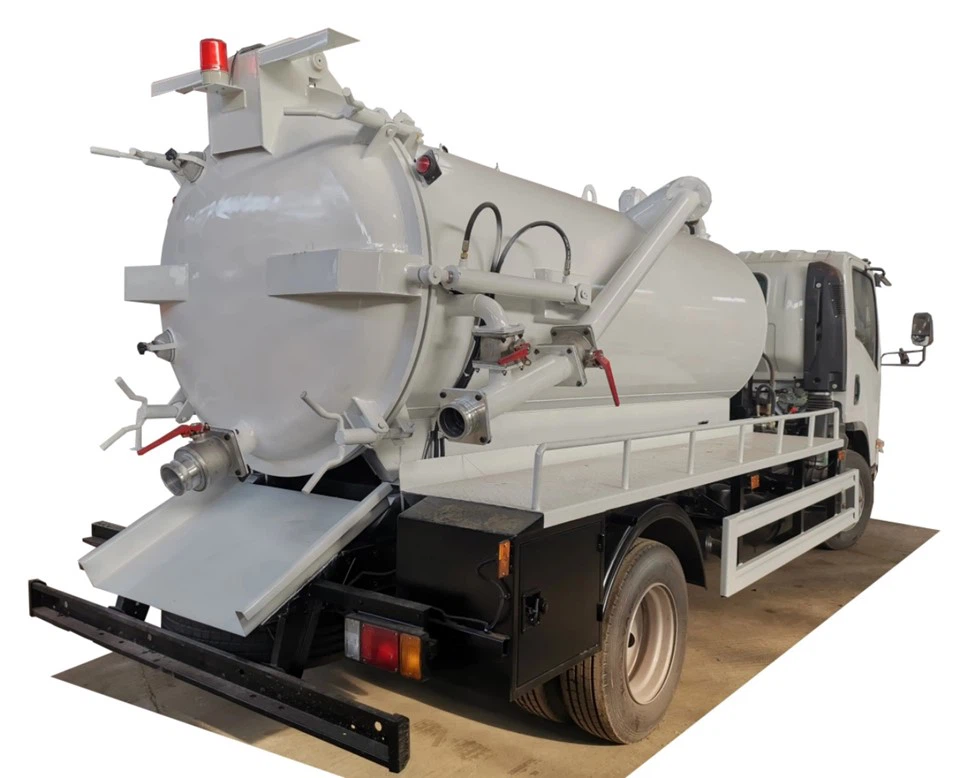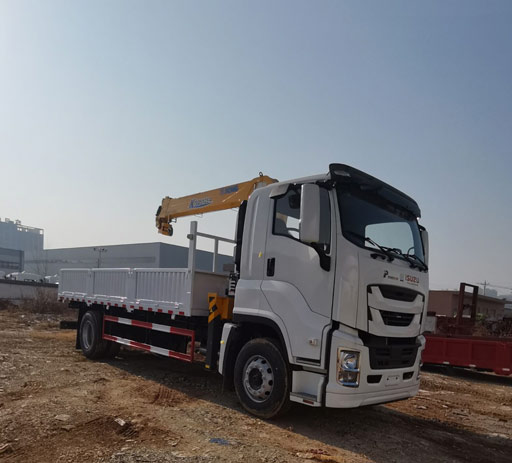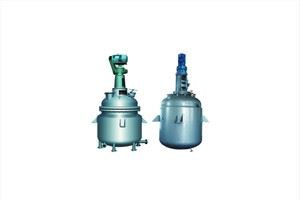Tractor Trailer Gas Tank Capacity: Everything You Need to Know

Introduction
When it comes to running a successful trucking business, understanding the specifications and capacities of your vehicle is crucial. Among these specifications, the gas tank capacity of a tractor trailer plays a vital role in determining fuel efficiency, operating costs, and overall driving range. In this comprehensive guide, we will explore the various aspects of tractor trailer gas tank capacity, including different types, impacts on performance, examples, and practical tips for truckers. Whether you are an owner-operator or a fleet manager, this article will serve as an essential resource for optimizing your vehicle’s performance.
Understanding Tractor Trailer Gas Tanks
What is a Tractor Trailer?
A tractor trailer, commonly known as a semi-truck or 18-wheeler, is a combination of a tractor unit and one or more trailers. The tractor unit houses the engine and driver, while the trailer is used for transporting goods across various distances.
Types of Fuel Used in Tractor Trailers
While diesel is the most common fuel type for tractor trailers, some units may run on gasoline, biodiesel, or alternative fuels such as LNG (liquefied natural gas) and CNG (compressed natural gas). Each fuel type has its own pros and cons, impacting gas tank capacity and performance metrics.
Gas Tank Capacities: Standard and Variances
Standard Gas Tank Capacities for Tractor Trailers
Most tractor trailers come with a gas tank capacity ranging from 100 gallons to 300 gallons. The actual capacity can significantly affect how far you can drive without refueling.
| Truck Model | Typical Gas Tank Capacity (Gallons) |
|---|---|
| Freightliner Cascadia | 100 – 200 |
| Kenworth T680 | 100 – 150 |
| Peterbilt 579 | 100 – 300 |
| Volvo VNL | 100 – 200 |
Factors Influencing Gas Tank Capacity
Several factors can influence the gas tank capacity of a tractor trailer:
- Truck Model: Different models come with different standard tank sizes.
- Manufacturer Options: Some manufacturers offer optional larger tanks.
- Regulatory Requirements: Shipping regulations may necessitate certain tank sizes.
- Type of Loads: Heavier loads might require larger tanks for longer trips.
The Importance of Gas Tank Capacity
Impact on Driving Range
The driving range of a tractor trailer is directly linked to its gas tank capacity. For instance, if a truck gets 6 miles per gallon and has a 200-gallon tank, the theoretical driving range is:
Range = Tank Capacity × Fuel Efficiency
Range = 200 gallons × 6 miles/gallon = 1200 miles

Cost Implications
Having a larger gas tank can minimize downtime for refueling, thus increasing operational efficiency. However, larger tanks may also result in higher upfront costs and increased weight.
Environmental Considerations
Larger fuel tanks may lead to lower fuel efficiency, resulting in higher emissions. Truckers should consider both capacity and fuel efficiency when selecting vehicles.
Examples of Gas Tank Optimization
Long-Distance Hauls
For long-distance hauls, it is beneficial to opt for trucks with larger gas tank capacities. A tractor trailer with 300 gallons can travel much longer between stops, reducing the frequency of refueling breaks.
Short-Distance Operations
On the other hand, for short-distance operations within a city, smaller tanks may suffice, lowering the overall weight of the vehicle and improving fuel efficiency.
Tips for Managing Tractor Trailer Fuel Tanks

Regular Maintenance
Regularly inspect your gas tanks for leaks and corrosion to ensure optimal performance. Maintain the nozzle and fuel lines to avoid contamination.
Monitor Fuel Usage
Keep logs of your fuel usage to determine how efficiently your truck operates. This will help identify opportunities for improvement and cost savings.
Utilize Fuel Management Systems
Consider using fuel management systems that track fuel consumption and help optimize routes. These systems can lead to significant savings over time.
Frequently Asked Questions (FAQ)
1. How do I calculate the driving range of my tractor trailer?
To calculate your driving range, multiply your gas tank capacity (in gallons) by your fuel efficiency (in miles per gallon).
2. What is the average fuel efficiency for a tractor trailer?
The average fuel efficiency for a tractor trailer is typically between 5 to 8 miles per gallon, depending on various factors such as weight and aerodynamics.

3. Can I modify my tractor trailer’s fuel tank capacity?
Yes, you can modify the tank capacity; however, ensure compliance with local regulations and guidelines.
4. What are the benefits of larger fuel tanks?
Larger fuel tanks reduce the frequency of refueling stops, allow for longer hauls, and potentially lead to better overall fuel management.
5. Are there regulations regarding fuel tank sizes?
Yes, there are specific regulations that can vary by state and country regarding the maximum allowable size of fuel tanks on Commercial Motor Vehicles (CMVs).
6. How does fuel type affect the tank size needed?
Diesel-powered trucks usually require larger tanks than gasoline as diesel engines tend to have different efficiencies and operational behaviors. The choice of alternative fuels can also influence tank size and capacity requirements.
